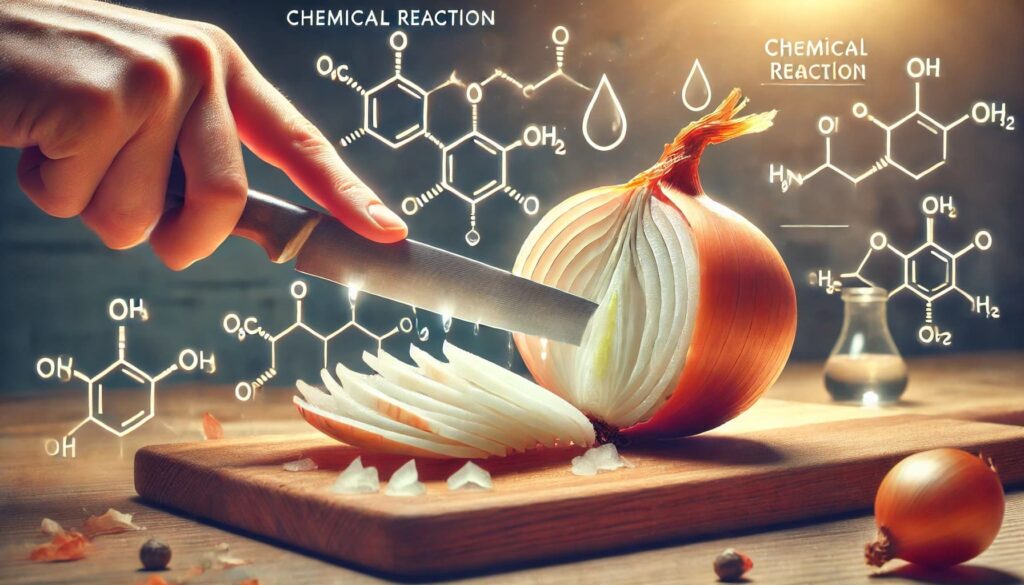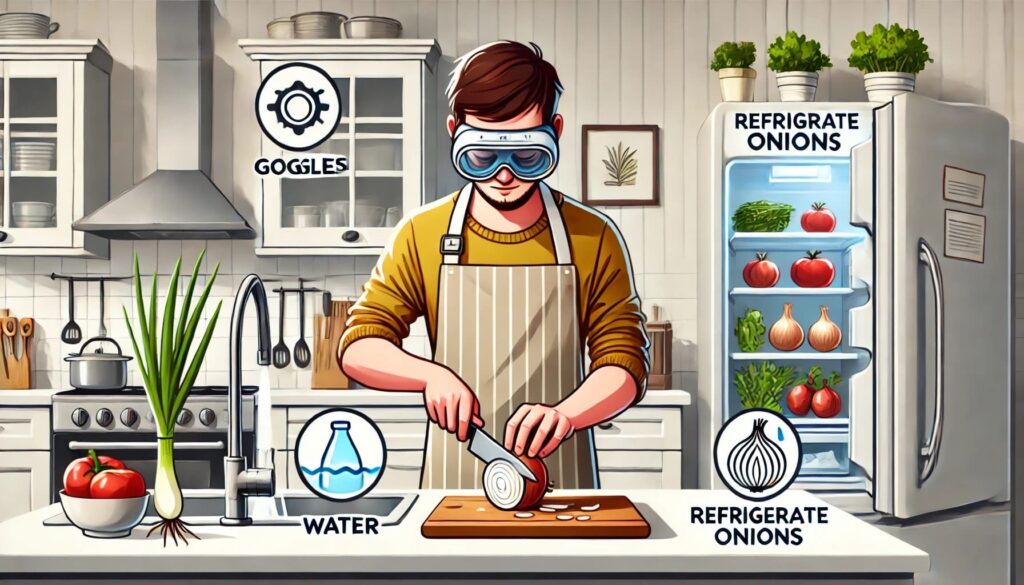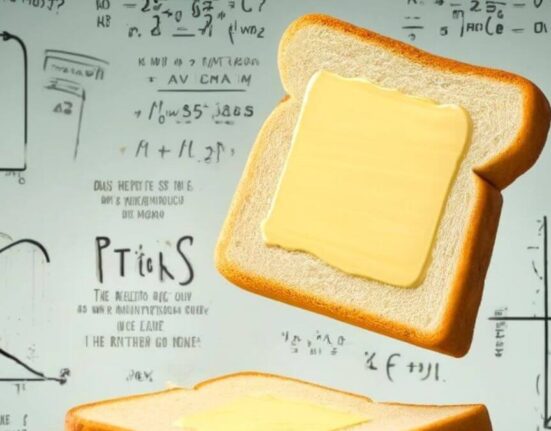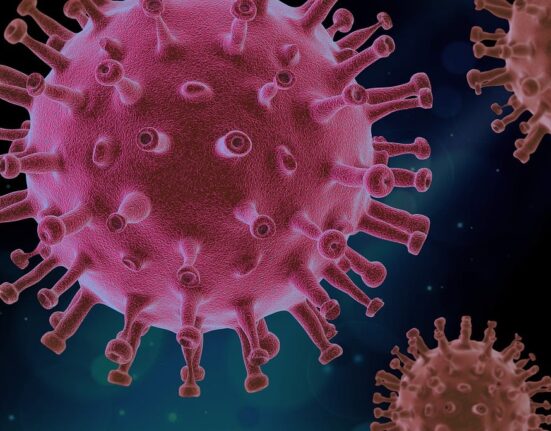Cutting onions is a common kitchen task, but it’s also notoriously tear-inducing. Let’s discover the science behind onion tears and explore some tips to avoid crying in the kitchen.
The Tear Agent
Onions contain sulfur compounds. When you cut an onion, you break its cells, releasing enzymes that react with these sulfur compounds, forming a gas called propanethial-S-oxide.
This gas irritates the eyes and makes them produce tears, as if the onion is telling the saddest joke in the world. When we cut an onion, an enzyme called alliinase is released and transforms these compounds into sulfenic acid.
This acid quickly turns into the infamous propanethial-S-oxide, the true culprit behind the tears.

But here’s the trick: the production of this tear-inducing gas isn’t just a simple accident. There’s a specific enzyme, called lachrymatory-factor synthase, that makes the gas efficiently.
Without this enzyme, cutting onions wouldn’t be so emotional. This means that, in the future, we might have genetically modified onions that don’t make anyone cry, just by cutting out this enzyme from the equation.
Interestingly, even though garlic also contains the enzyme alliinase, it doesn’t make us cry. That’s because the specific combination of enzymes and sulfur compounds in onions is unique in producing the tear-inducing gas.
So, next time an onion makes you cry, you can thank (or blame) this unique and sophisticated chemistry.
Tear Relief
When the irritating gas comes into contact with the eyes, the tear glands spring into action to wash away the irritant. It’s as if your eyes are saying, “Let’s clean this up now!” Unfortunately, this results in a flood of tears.
The propanethial-S-oxide gas dissolves in the aqueous layer covering the eye, forming dilute sulfuric acid. This makes the nerves on the eye’s surface scream for help, resulting in tears.
Besides causing irritation, these tears help protect the eyes by washing away anything that might be causing discomfort. It’s a natural defense mechanism that kicks in whenever the eyes encounter irritating substances.
In this case, the irritating substance is the propanethial-S-oxide converted into acid. And make no mistake, your tears are your eyes’ way of saying “no, thank you” to the acid.
Tear production not only helps relieve immediate irritation but also serves as a warning system, steering you away from the irritating source.
So, if you find yourself moving away from a chopping board full of onions, it’s just your body working to protect your precious eyes.
Tips to Avoid Tears
There are several techniques to reduce tears when cutting onions. Try refrigerating the onion before cutting, wearing protective goggles, or cutting under running water.
Who knew preparing onions could seem like a science experiment? Refrigerating the onion helps reduce the amount of gas released, as the cold lowers the volatility of propanethial-S-oxide.
Wearing protective goggles might seem over the top, but it creates a physical barrier between your eyes and the irritating gas.

Cutting onions under running water or near a fan can also help disperse the gas before it reaches your eyes. It’s like bringing a bit of lab safety into your kitchen!
Another tip is to use a sharp knife. A sharp knife causes less damage to the onion’s cells, meaning less gas is released and fewer tears.
This way, you can turn the task of cutting onions into a smoother and less emotional experience.
Culinary Curiosities
Did you know that sweet onions, like Vidalia onions, cause fewer tears? That’s because they contain fewer sulfur compounds.
So, next time you go shopping, choose sweet onions if you want to avoid the tearful drama in the kitchen. Fewer sulfur compounds mean less tear-inducing gas to make you cry.
Some onions have even been genetically modified to further reduce the sulfur content, making the cutting process less emotional. Imagine a future where cutting onions doesn’t result in tears. Pretty cool, right?
And that’s not all; researchers are working to develop onions that maintain the flavor and nutritional benefits but without the tear-inducing factor. These onions could revolutionize how we cook and interact with this essential kitchen ingredient.
Conclusion
Cutting onions can be a tearful experience, but understanding the chemistry behind it can turn tears into laughter. With a few practical tips, you can master the art of cutting onions without the drama of tears. Who said science can’t be useful in the kitchen?
Essential Tools to Avoid Tears in the Kitchen
When it comes to cutting onions without shedding tears, a few tools can transform this task into a much more pleasant experience. Here are five essential items that can help you cut onions tear-free.
Protective Kitchen Goggles
Protective goggles are a practical and effective solution. They create a barrier between your eyes and the irritating gas released by onions, allowing you to chop away without tears. There are comfortable and stylish models, perfect for daily use in the kitchen.
High-Quality Chef’s Knife
A sharp knife is essential for cutting onions. A good chef’s knife allows for clean and precise cuts, reducing the amount of enzymes released and, consequently, the tear-inducing gas. Investing in a high-quality knife makes all the difference.
Food Processor
If you prefer a quicker, more technological approach, a food processor can be an excellent choice. It chops onions quickly, minimizing contact with irritating gases. Additionally, it’s a versatile tool for various other kitchen tasks.
Cutting Board with Juice Grooves
A cutting board with juice grooves can help contain onion juice, preventing it from spreading and causing more irritation. These boards are practical and keep your workspace cleaner and more organized.
Airtight Storage Containers
Storing cut onions in airtight containers can reduce the dispersion of tear-inducing gas in your kitchen environment. Choose containers with good seals to keep your onions fresh and your kitchen free from strong odors.
These tools not only make the process of cutting onions easier but also enhance your culinary experience by making it more enjoyable and efficient. Try incorporating these items into your kitchen and see the difference!
References
- BLOCK, Eric. The Chemistry of Garlic and Onions. Scientific American, v. 252, n. 3, p. 114-121, 1985. DOI: 10.1038/scientificamerican0385-114. Available at (The Chemistry of Garlic and Onions on JSTOR).
- KOHMAN, Edward F. The Chemical Components of Onion Vapors Responsible for Wound-healing Qualities. Science, v. 106, n. 2763, p. 625-626, 1947. DOI: 10.1126/science.106.2763.625. Available at (Science).
- IMAI, S.; TSUGE, N.; TOMOTAKE, M.; NAGATOME, Y.; SAWADA, H.; NAGATA, T.; KUMAGAI, H. An Onion Enzyme That Makes the Eyes Water. Nature, v. 419, n. 6908, p. 685, 2002. DOI: 10.1038/419685a. Available at (Nature.com).








